In a previous post I shared with you some of my favorite spots in Kruger National Park. What I love most about the Kruger, however, is that something funny, interesting and pleasantly surprising can happen anywhere at any time.
That’s what makes it perfect for a self-drive safari, even where you’re not really sure what to do or expect. In this post I will write not about specific places, but about typical sights that you may find, almost wherever you go in the park.
Locating these sights for yourself is mostly a matter of luck and patience. I hope that the following can inspire you to be patient and keeping your eyes open. You may be rewarded with luck if you do.
GAME RULES
I am always a bit intimidated when I enter Kruger National Park. In a good way.
At the entrance we’re welcomed by a sign with a long list of rules we must follow to minimize our chances of dying while visiting the park.
Compared to everything you must do to stay safe in the cities and on the highways of South Africa, this will be a walk/drive in the park.
A SENSE OF DISCOVERY
As a first-time self-drive safari tourist, you will probably discover several species that are brand new, at least to you.
The older you are, the more special it is to see something new. And doubly so when it’s a large, living thing. Like this proud nyala male, arguably the most elegant of all antelopes, casually crossing the road in front of us.
TO SPOT OR NOT TO SPOT
Your eyes will gradually adapt to your new surroundings, and soon you will start to notice more of what goes on in front of you. Many animals come with excellent camouflage, and as long as you’re not mauled by any of them, you will learn to sense their presence.
This obviously requires that you stop your car often and let your eyes do some wandering. If you’re really lucky, you’ll be able to see some spots and patterns on the move.
CAUGHT IN THE ACT
Sometimes you may find animals that are in the middle of not their proudest moment. They generally don’t care, of course, but sometimes it looks like they do.
Take a look at this guilty-looking southern yellow-billed hornbill, for example. It’s currently examining a large piece of elephant dung, in search of something edible.
This is a bird that clearly just wants to be left alone.
RISKY BUSINESS
Talking about shit; if you need a bathroom break, the rest camps have good facilities. There are also a few other places where you can stop your car and find a safe building with reasonably clean toilets.
We never experienced any actual trouble at any of these. The only issue was when someone had gone before us and not properly secured the doors before leaving. When that happens, baboons will inevitably enter and make the place look like a war zone.
When you’re done with your business and you return outside, always be prepared for a potential close encounter with whatever animal decides to come by. It may be a big or small one, with tusks or horns, stripes or spots, wings or a tail, or most likely, the next tourist that really needs to go.
WE’VE GOT YOUR BACK
The more you look around, the more you realize that nature also operates like a society. Some animals eat other animals, while most species coexist peacefully and find ways to mutually take advantage of each other.
Like these tortoises. They want to work on their tan, and rather than risking their lives sunbathing on the beach, they do it while safely sitting on top of an island capable of a powerful bite. The hippo is just being nice. Or maybe it just enjoys the company.
KRUGER STYLE
Find a place where birds and animals gather. Sit in your car or in a bird hide, it doesn’t matter. Bring good binoculars or a camera with lots of zoom. Sit and wait. Whatever creatures decide to join you, take in all the pretty details you can find on them, whether they are something you see for the first or for the thousandth time.
A great example of beautiful details is the amazing “hairdo” and the intensely red eyes on this crested guineafowl, or Elvis Crestley among friends.
THAT’S NUTS
Another case where having a closer look at an animal’s anatomy may surprise you.
Bush squirrels are often astonishingly well equipped to go forth and be fruitful and multiply. No wonder we see them all the time.
WE DARE YOU
Waterbucks are easy to recognize, thanks to a crosshair-like white ring on the butt. They’re like wandering dartboards.
The pattern supposedly helps them organize their flight when they run away as a group from predators. My theory is that the main feature is that the white fur is slightly colder than the darker fur around it. When ticks or other insects make their way up the animal’s leg in search of the warm and delicate skin around the waterbuck’s butthole, they become confused and turn the wrong way when they reach the white ring.
MINIMUM DRINKING HEIGHT
Thanks to being both huge and many, the elephants are the undisputed rulers of the Kruger. When a herd of elephants arrive at a waterhole, other animals will promptly leave.
Waterholes are often artificial ponds filled with water pumped up from the ground and into large water tanks. The elephants, equipped with a brain 4-5 times larger than a human’s, have figured out that they can get clean water straight from the tank, instead of drinking from the pond where all kinds of inferior species do their drinking, bathing and shitting.
This trick is of course an option only if you’re tall enough and equipped with a sufficiently long trunk. This young and thirsty elephant can only try to follow the example of its older relatives.
FLAG OF KRUGER
Most of the time you sit in your car and see only whatever goes on right next to the road. Sometimes you get to a viewpoint where it’s easier to appreciate the vastness of Kruger National Park. This is the view from one of these places, Tshanga.
While you probably won’t see them very well from up here, with such a wide view, you just know that in front of you there are at least 50 different animal species living their everyday life.
Wherever you stop outside the rest camps, do not stray too far from your car. And do not leave any doors or windows open. Monkeys and baboons will not pass up a chance to raid your car, leaving just some literal shit in return.
GIRAFFIC PARK
Inside your car you’re generally safe. Just keep the speed down and maintain a safe distance from all animals that appear to be on their way to crossing the road. Especially the large ones.
You may worry about what to do if you’re unlucky and have a flat tire or a mechanical problem with your car in the Kruger National Park. The answer is to not exit your car to try to fix it. If you have mobile phone coverage, call for help. If not, just stop and wait for the next passing car. Ask them for a ride, or have them notify park rangers. Someone will come and help you.
If you just have a flat tire, you will most likely be able to drive slowly to the nearest rest camp and get help there. Just make sure at all times to know roughly where in the park you are.
RESPECT THE PEDESTRIANS
You don’t have to be a professional lion tracker to locate the big cats. You may suddenly find them wandering on or next to the road. As long as you don’t go too close or bother them, they’re likely to keep walking in front of you, ignoring you completely. If you see them walking towards you, just stop the car, roll up your windows, lock the doors, and enjoy the encounter as they walk past you.
If you want to increase the probability of seeing certain animals, there are apps where anyone can report where and when they saw what animals. The most popular app currently is “Latest Sightings” (Android and Apple). It’s free, although with ads.
The freshness of the app reports depend on the mobile phone coverage in the area you’re in. Animals tend to stay more or less put, especially during the mid-day heat. It’s therefore often worth checking locations where people reported something interesting earlier the same day.
SUNSET BABOONERY
According to the rules of the land, you must be back at your rest camp before a set time, close to when the sun sets. Try to make it so that you do not enter the camp until as close as possible to when you absolutely have to.
The last hour of the day is generally when you get the most lovely sights, as the animals tend to be most both active and attractive in the golden light of the late day. Even a ruthless troop of baboons can seem like a lovely bunch of playful and harmonious creatures as they enjoy themselves before sunset.
THE WAITING GAME
My recommendation to stay out on the road for as long as you can comes with a potential warning. You may end up in an awkward situation.
In this photo, there are five minutes left until we absolutely have to be back at the rest camp gate. It’s a ten minute drive to get there. And for now we’re still stuck on the wrong side of a small bridge, as three large elephants have decided that the bridge is a great place for their early evening drink.
There’s nothing we can do. There’s no other road we can take. We just have to wait, even if it means that we’ll eventually have to drive in the dark and get to the gate late, where we may be presented with a fine of up to 1,000 South African rand for not respecting the gate hours.
The elephants have mercy on us, and finish their drinking session just a few minutes later. We reach the rest camp about ten minutes late, with the photos to prove that we actually did the right thing. The guard gives us a free pass this time.
WORLD’S LARGEST DWARF
Everything is relative.
Thanks to the giant trees of Africa, even a massive elephant can appear tiny and lost in a big, big world.
FAMILY TIME
Popular culture (I’m looking at you, Lion King!) has not been good to the reputation of hyenas. It’s therefore a pleasant surprise to see them in the wild, and discover that they are not evil laughing maniac animals. Instead they can be very loveable and affectionate parents.
Hyena families often shelter in the drainage holes underneath the main roads in Kruger. Curious cubs will often venture out in the open to see what’s going on. If you’re the first car on the road in the morning, drive with extra care. On cold mornings, these animals like to lie on the relatively warm sealed roads.
TSESSEBE STREET
Here’s a large animal you probably have never seen with your own eyes. The tsessebe is an antelope limited in numbers, so consider yourself lucky if you see one.
They are the fastest of all antelope species, capable of running at up to 90 kilometers per hour if they have to. If a cheetah is behind them, they have to. Increase your chances of seeing them by visiting the northern part of Kruger.
RISE OF THE DEAD
This young zebra was lying flat on the ground for a long time, all alone and motionless. I was confident it was dead, and that soon enough some predator would come and pick up its kill.
I was wrong.
It was just a very hot day, apparently too hot for any predators to hunt. So the zebra was just taking a long nap in the heat, until suddenly it lifted its head, got on its feet, and walked over to a group of adult zebras nearby.
Sometimes it’s nice to be wrong.
MONITORING THE TRAFFIC
You must follow all traffic rules of the Kruger, because the traffic is being closely monitored. Like here, on this signpost on the Tzendze Loop, where a rock monitor lizard keeps watch.
These mini dragons are awesome, members of a family of animals (the Varanidae) that stretches at least 100 million years back in time.
FIVE-LEGGED ELEPHANT
Whenever you see a five-legged elephant, keep a little extra distance to it.
Especially if your car looks even remotely like a small and cute elephant.
NOTHING TO SEE HERE
Intense concentration is sometimes required to see the animals, even when they’re just a few meters away. In this photo you can try to spot at least four African wild dogs, being everything but wild at the moment.
When they’re active, these “painted wolves” will not stand still for a second. If they have something to digest and it’s really hot, however, they can stay motionless in the shade for hours. That’s your best chance for getting a good look at them.
BLINKING CONTEST
The animals usually have no problem spotting each other. They kind of have to.
This eager hyena cub and a wary impala that just crossed the road are staring at each other, while an adult hyena is lying on the road, unable to move much after a meat feast last night.
STOOL POOL
This guy doesn’t seem to want to move much either, despite that judging from the size and color of the pond, it must consist of at least 50 percent hippo pee. In the height of the dry season, a hippo must take what a hippo can get. At least the water/soup offers some protection from the heat and the sun.
ROAD RAGE
All roads that are open to the public in Kruger are generally good. This is the worst section we had to navigate. What you see is road S69 close to where it joins the H9 main road near Letaba rest camp.
During dry season you have nothing to fear, and you’ll be fine driving any normal car. If you go when the rivers run high and rain makes the roads muddy or submerged, you’ll have to be much more careful, preferrably drive a 4WD SUV, and yet you may in some places have to turn around and go back the way you came from.
OFF-ROAD
Even during dry season, road issues may force you to turn around. Elephants tend to pull down trees when and wherever they like, and sometimes this leads to blocked roads.
If you drive your own car and do not mind a few minor scratches, you can often just drive around the tree. With a rental car you may not want to risk a damage fee. Remember that whether you continue or turn back, the chance of seeing something incredible is roughly the same. Driving a road in different directions here is like driving two different roads.
KARMA CHAMELEON
A small animal that many safari tourists completely miss is the flap-necked chameleon. It spends most of its time on the ground and in trees, where it’s hard to spot through its camouflage. It’s much easier to see a chameleon when it’s crossing a road. Except most people mistake them for sticks and branches, and just drive past them, or worse.
Chameleons do not run across the road as fast as they can. Instead they use the same tactic as when they are up in trees. They sort of take two steps forward and then one step back, mimicking the movement of branches and leaves slowly moving in the wind. It takes ages to get across, and obviously works much better against predators in trees than against careless drivers on roads.
Drive slowly, and give every little object on the road a thorough look.
GRANDEST VIEW
The best view in all of Kruger is from the top of Olifants rest camp, looking down at the Olifants river. You can sit safely in comfort and shade up here for as long as you want, and watch elephants, crocodiles, hippos, and a huge number of other animal and bird species in the park come and go. At night you can’t see them, but you will very much hear them, while you look up at a sky with no light pollution whatsoever.
Everyone should add a night or two in Olifants rest camp to their itinerary, just for this view. Note that you can not camp in Olifants, only stay in bungalows.
SPOT THE SOUTH AFRICAN
Kruger has many fascinating species, and among them I count the citizens of South Africa. In this country, going on a game drive is not just something tourists do. The majority of people visiting Kruger are locals. Many South Africans grow up with regularly being taken to the Kruger National Park to watch live wild animals and to feast on dead domestic ones.
Not everyone, but a surprisingly many of these wildlife enthusiasts prefer to walk around barefoot, no matter how many snakes, scorpions and thorns they are surrounded by. My advice to you is to keep your shoes on, but interacting verbally with the barefoot tribe can be both entertaining and educational.
BRAAI IN THE WILD
Another thing about the locals; just because they’re in the wilderness and surrounded by predators, a South African will never miss the opportunity to cook meat on an open fire. We call it having a barbeque, they call it a braai.
If wildlife is around, it seems to only improve their happiness. It’s as if they look at big elephant butts for inspiration to completely devour the huge steaks they bring to the park. And they love to enjoy their meal while making fun of any begging hyenas that may be lurking along the fence. They are fortunately pretty good at not feeding the wildlife, though.
PRE LION
Some rest camps have exhibitions where you can learn about the park and everything in it. The best example, by far, is the Elephant Hall in Letaba rest camp.
Some of the largest elephant tusks in the park’s history are on display, along with accounts of the life of the animal they used to be attached to. There’s also a small room with some bonus non-elephantic exhibits. Like this lion, who didn’t even get as far as being born before they made it a museum piece. Unexpected and interesting.
IT’S ALL CONNECTED
All living things in the Kruger National Park share the same space, and they all have an effect on each other, large and small.
Here a giraffe is feeding on a branch, shaking loose an insect of some kind, which in turn becomes a snack for a bird, and the bird may later pick some ticks off the giraffe. It’s the circle of food.
ADVENTURES BEYOND
If you want to increase your adventurer factor by one or two levels, there are some tracks that can legally only be done with a four-wheel drive and a special permit. I’m perfectly happy with staying on normal roads for now, but the adventure trails certainly look tempting.
KUDU YOU DO?
Because there are so many animals in the park, it’s statistically possible that you will be the first human some of them see.
Most of the animals seem to ignore any vaguely rock-like object coming up to them, like for example your car. Fortunately they have enough instinct in them to turn around and move swiftly away whenever a moving rock stops next to them and it turns out that inside of it there are weird creatures making strange sounds. But sometimes a young animal, full of curiosity, will look straight at you with wonder for a while. Always keep your camera ready for this.
This particular young animal is a male kudu, and we have got its full attention now. Had we been walking instead of driving, the kudu would have been a dot on the horizon by now.
TWIN TOWER ANTELOPE
Antelopes come in small sizes, too, although the smallest ones can be hard to both see and recognize. This is a steenbok, roughly half a meter tall, weighing 10-12 kilograms at most. It’s showing off an impressive collection of ticks, which those two cute horns can’t protect it against. Life in the wilderness is generally a challenging one.
CLOSE, BUT NO ROAR
There’s a lot going on in the Kruger, all the time, but it’s not always easy to actually see it. Maybe you can get quite close to eight lions enjoying a kill, but you still can’t really see it that well.
Despite the more than 3,000 kilometers of road in the park, 97 percent of the area in Kruger National Park can not be seen from any of those roads. And yet there’s a steady stream of amazing wildlife sightings reported from this park. Think of everything that goes on in the parts of the park that no human ever sees!
WOOD SHOW
Sometimes there can be hours of driving around without seeing much wildlife. You can spice things up a bit for yourself by becoming a birdspotter. There are hundreds of different bird species walking, jumping and flying through the park. When you see another car stopped, with people inside who apparently are looking with much enthusiasm at absolutely nothing, they are probably birdspotters.
Even looking for birds is sometimes not enough to keep you occupied. My only suggestion then is to start appreciating the general beauty of the scenery. There’s a lot of that around. The skeletons of trees in Kruger are particularly stunning.
CROWD CONTROL
Generally, though, there is more than enough wildlife to keep any safari-goer happy. Actually, sometimes there’s almost too much going on.
Zebras, wildebeest and various antelope species go well together. It’s not quite like East Africa’s Great Migration, but the Kruger savanna can get quite crowded as well.
CHECK YOUR MIRRORS
Remember to also look behind you. There may be just as much going on there as in front of you. And if you have your windows rolled down, you definitely need to pay attention in every direction at all times. A skilled predator can suddenly arrive out of nowhere.
BLENDING IN
Even when you’re pretty sure you see nothing, scan the bush one more time.
Sometimes great things can be hiding in plain sight.
MUTUAL RESPECT
Animals generally mostly ignore cars, but a large car will attract more attention than a small one. And even a bus driver who has worked in the park for many years will still briefly stop to admire the sight of a roadside proud lion.
NONE SHALL PASS?
Elephants are easy enough to spot, but it’s not always that easy to decide what to do with what you see.
The elephant in this photo is grazing next to the road, while moving towards it. It’s impossible to say what it will do once it reaches the road. All we know is that the stunning sunset ahead of us means that we need to be back at our rest camp very soon.
If the elephant stops on the road, we may not get back in time.
In this case, we clearly see that it’s only one elephant, so we decide to rush past it, to make sure it won’t cause us any delay. If there had been a dense forest next to the road, potentially hiding a dozen more elephants walking towards the road, we would have had to stop and wait until the road was clear again.
NONCHALIONS
Lions and lionesses can also block the road, but fortunately it’s less risky to pass a lion than to pass an elephant. These hunters are most likely all concentrating on a potential prey nearby, so we can either stop and enjoy the show, or move on if and whenever we want to.
To them, we are nothing.
HOW TO DRINK RESPONSIBLY
Giraffes tend to do things their own way. Possibly their most vulnerable moment is when they have to bend down to drink. It looks a bit awkward. Even zebras think so. But they get the job done, almost every time.
SEND IN THE CLONES
The species you are likely to see most often is the impala. There are more than 150,000 of them roaming around in the Kruger National Park. If you put together all other species of this size and larger, the impalas will still outnumber them.
That you see them all the time doesn’t mean you should ignore them. They are lovely animals, and paying attention to what they’re doing may let you know when there are active predators nearby.
DEAD IN THE WATER
A kudu was a bit too careless when drinking, and ended up as dinner for six crocodiles. The meal lasted for more than an hour. In the meantime, the birds in the background kept on feeding, wisely choosing to stay out of the water.
Life goes on here, no matter what happens.
HONEY BADGER DOESN’T CARE
Enticed by this YouTube clip, we spent a good deal of time in Kruger looking for honey badgers. We actually found some, but our closest encounter with them came at night, at a couple of the rest camps. It turns out that several rest camps have resident honey badgers. Not because they want to have them, but because the honey badgers want to be there, and then there’s not much anyone can do about it.
We didn’t know that there was one in Satara, until late one night we heard some weird noises coming from outside. It was a honey badger, out checking the trash of every cabin in the camp. We had put some leftover pizza in what was supposed to be an animal-safe container. Honey badger disagreed, flipped it over, got out the pizza, and proceeded to lick off all the toppings. The pizza dough apparently wasn’t worthy of being eaten.
When you check in at your rest camp, always ask about what kind of unexpected wildlife you may encounter in and around your temporary home. This may actually be your best chance of seeing some owls, African wild cat, chameleon, bush baby, honey badger, and several other species.
TIMELESS DESIGN
Crocodiles are cool, lazily showing off their winning design of the last 100 million years or so. Just remember that they are plenty dangerous, so stay well clear of any muddy water in the park.
MORNING MOOD
The time around sunset is great for seeing wildlife, and so is the first hour after sunrise. Maybe you’ll find a group of predators sharing a meal of whatever they killed during the night. Less exciting, but arguably more beautiful, is the scenery at waterholes in the early morning light.
This is the view from the Sweni bird hide, south-east of Satara rest camp. Many people starting in Satara in the morning will search for big cats on the roads S100 and H6. If you find nothing there, let your backup plan be to head for Sweni and watch whatever goes on there.
A WALKING PARTY
To oxpecker birds, a Cape buffalo is like a mix of restaurant and public transportation. This one is carrying close to 20 passengers and guests, apparently keeping them all happy and fed.
MIND THE CAT
Whenever you see a bunch of cars stopped somewhere and you have no idea what they’re looking at, always stop and ask. Or at least stop and wait and see. Do not just zoom past the stopped vehicles. An animal may suddenly walk out in front of you.
Predators in particular expect everyone and everything else to yield to them.
CLOSE ENCOUNTER
After crossing the road, the leopard from the previous photo climbed this dead tree. It was a lovely and majestic sight. A few minutes later, a hyena lazily walked right past it. The leopard just gave it a “You’re not worthy” look and let it pass.
I love the tension created by this encounter. No one in the other cars stopped there seemed to care about or even notice the hyena. All eyes were on the leopard. The big cats rule the Kruger park.
PUMBAA POOL
The concept of a waterhole may not be entirely clear to you. This is a fairly typical example of a Kruger waterhole. You can’t get very close to it, but you have a good view of the entire scene. You can see what animals are already there, and you may see what animals are arriving, long before they get there.
The dynamics of what happens when a new herd arrives at a waterhole where there’s already a group of animals present, can be really fascinating. If you’re lucky, you can also get to witness one or several predators sneaking up on animals at the waterhole.
Bring good binoculars, and know how to use them.
TENTATIVE ACCOMMODATION
Lower Sabie is one of the most popular rest camps in Kruger. When we wanted to book a night here, the only option available was “safari tents”. We usually go with huts or bungalows, but lacking that option, we booked the tent.
This is what we got, and it was actually one of the nicest places we stayed at in all of Kruger. So if a tent is the only choice you’re given, and you’re okay with the price, it is an excellent option.
GET OUT OF MY WAY
In the south of Kruger National Park you will never be lonely. There are other cars around almost all the time, especially whenever an exciting wildlife sighting takes place.
In addition to keeping track of where the animals are, you must also pay close attention to what the other drivers are doing. If you don’t, there will be damage to your car. People do the craziest things while constantly repositioning their cars for a better view when a lion or a leopard is around.
AN ILLUSION OF SOLITUDE
With some experience, you can come up with clever maneuvres to get your car in the right position, so that you can view the animal without all the other cars in the background. This is the same leopard as the one in the previous photo, with the cars just outside the frame of the photo.
HOT DOGS
On hot days you can expect very little wildlife action during the middle of the day. The best you can hope for is to see animals sleeping in the shade. Some people use this as an excuse to head back to the rest camp and use the swimming pool, have an extended lunch, or simply sleep to make up for getting up at four in the morning to get ready for a morning drive.
Personally, I enjoy spending the whole day hunting for scenes like this, or just park at a waterhole with a good view, and see what happens. Most animals need to drink during the hottest time of the day as well.
THAT AFRICAN SUNSET
Whatever you do in Kruger, make sure that as sunset arrives, you are not occupied with something silly like cooking, eating, showering, sleeping, or anything that can be done just as successfully at any other time.
Be outside, find a nice spot to watch the sunset from, and enjoy it as much as you can. The typical weather and the big sky in Kruger makes for some amazing shows.
FEELING LUCKY
When your time in Kruger National Park comes to an end, it’s time to start planning your next visit.
No money? No problem.
Just buy a local newspaper in Limpopo or Mpumalanga, and you’ll find lots of advertisements for ways to make all your dreams come true. With this impressive list of things King Zafa can fix for you, I have no doubt that enabling you to soon return to Kruger is a piece of cake for him.
That’s all for now. If you have any questions or feedback for me, please use the comments field below.
Thanks for coming along, and happy trails to you!
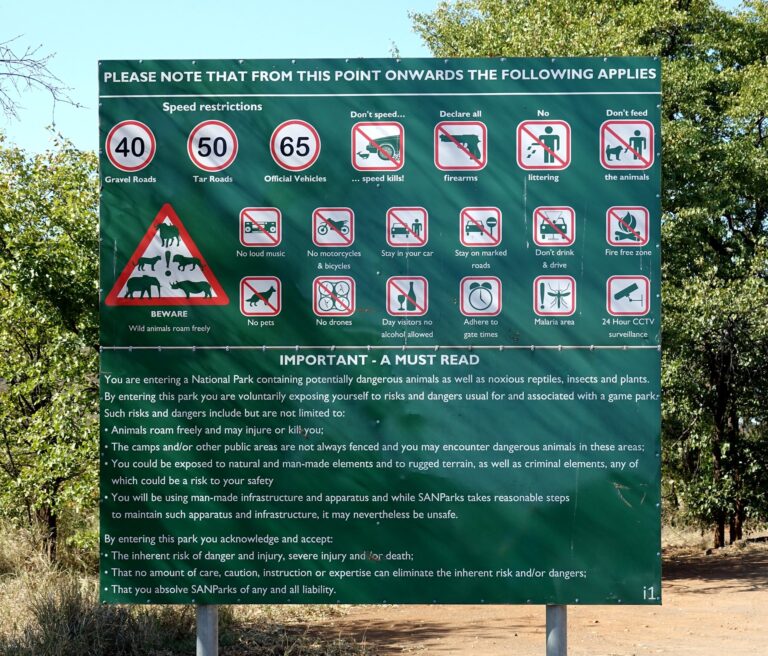

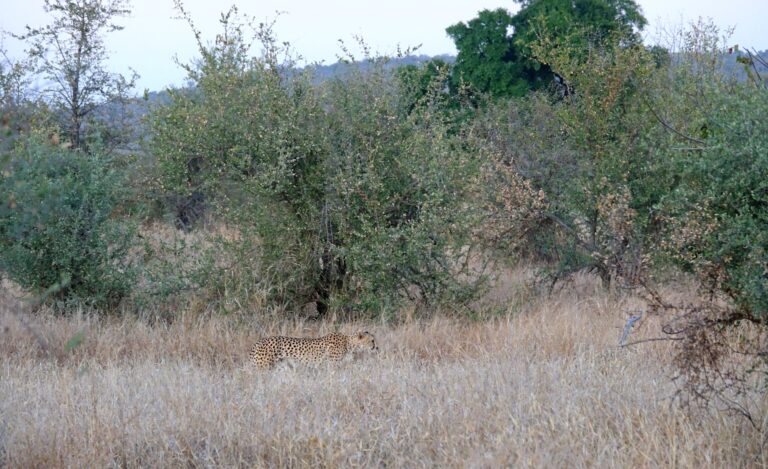
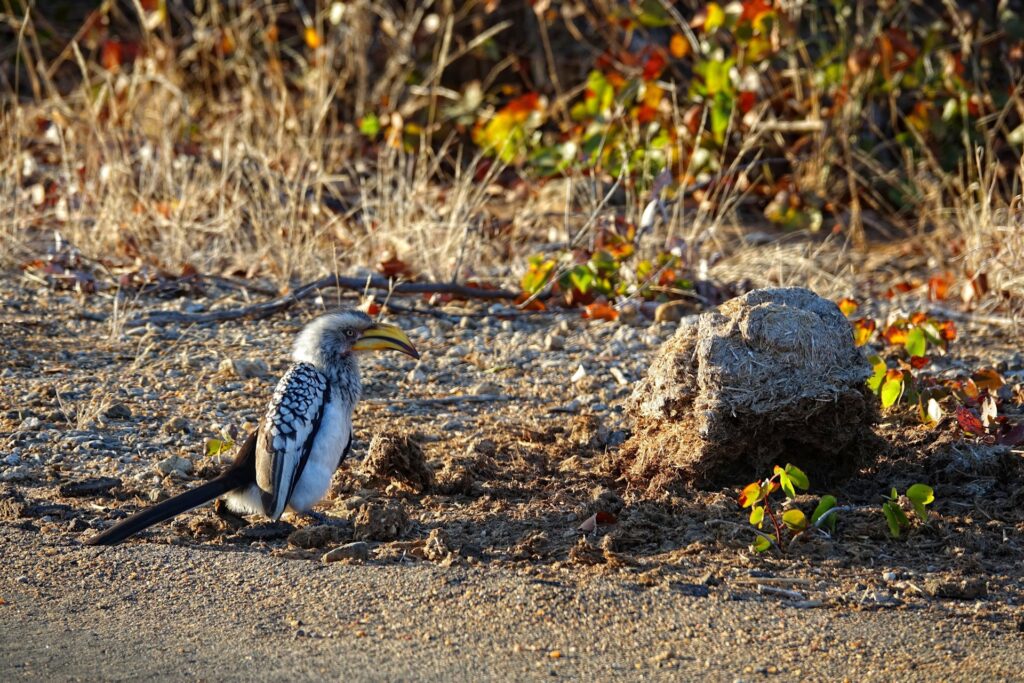
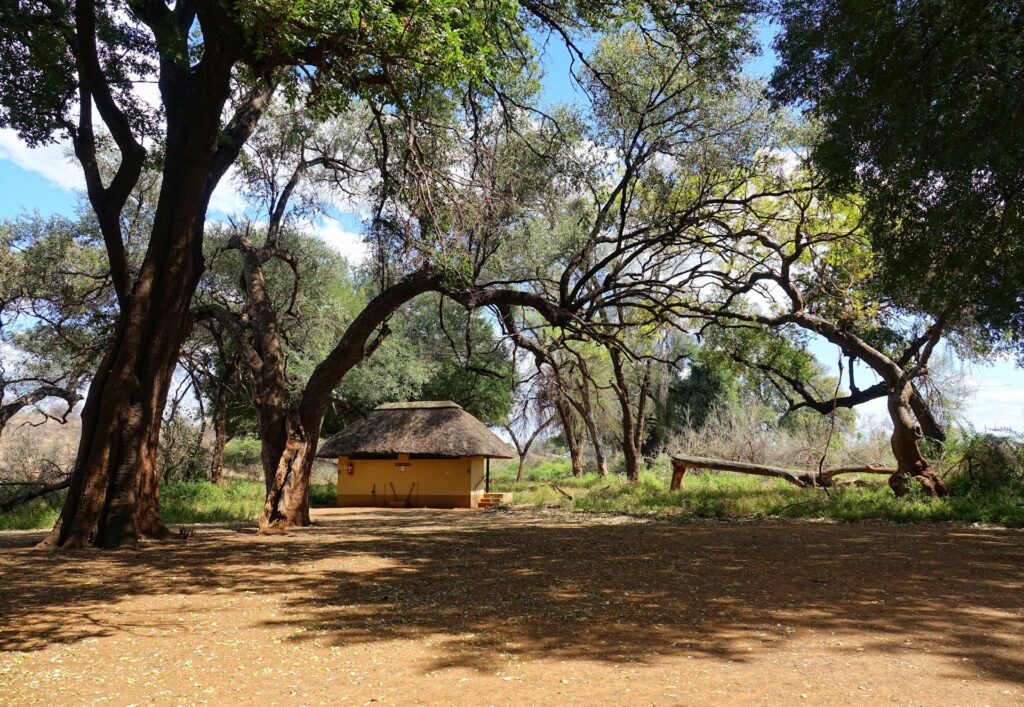
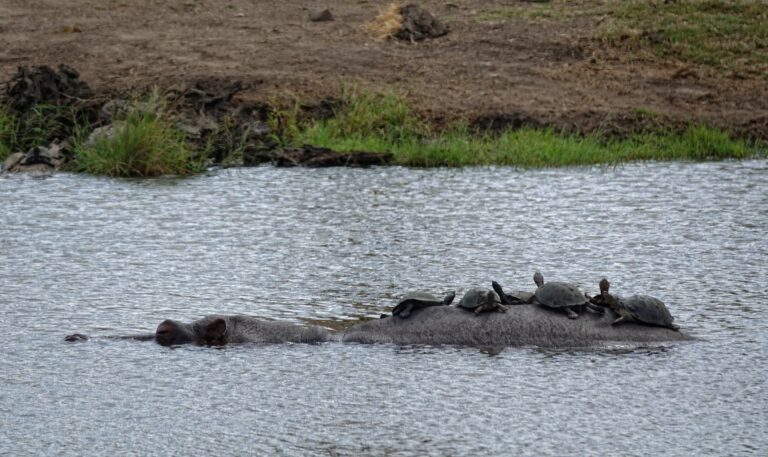

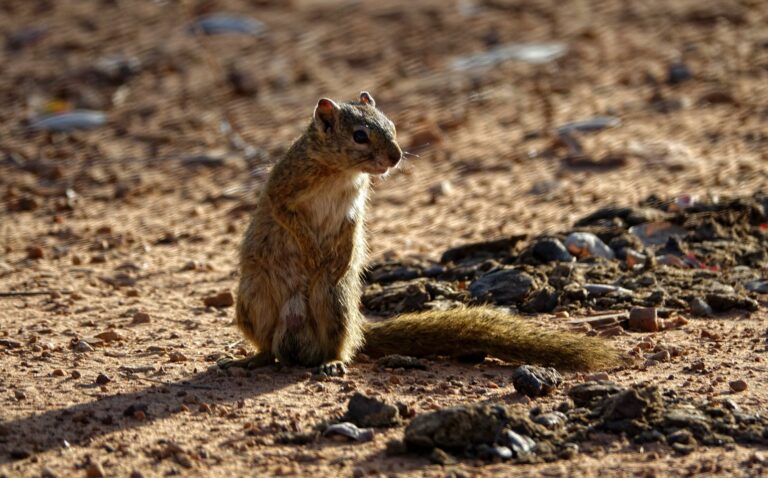
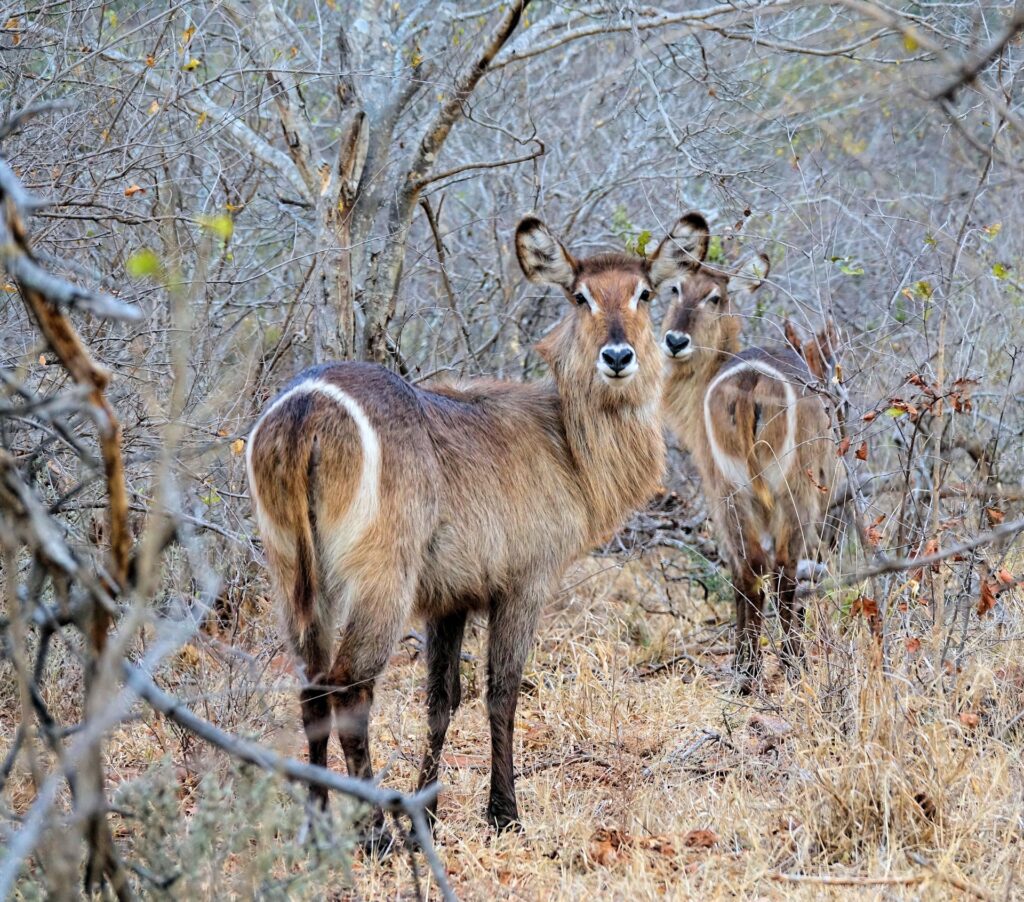
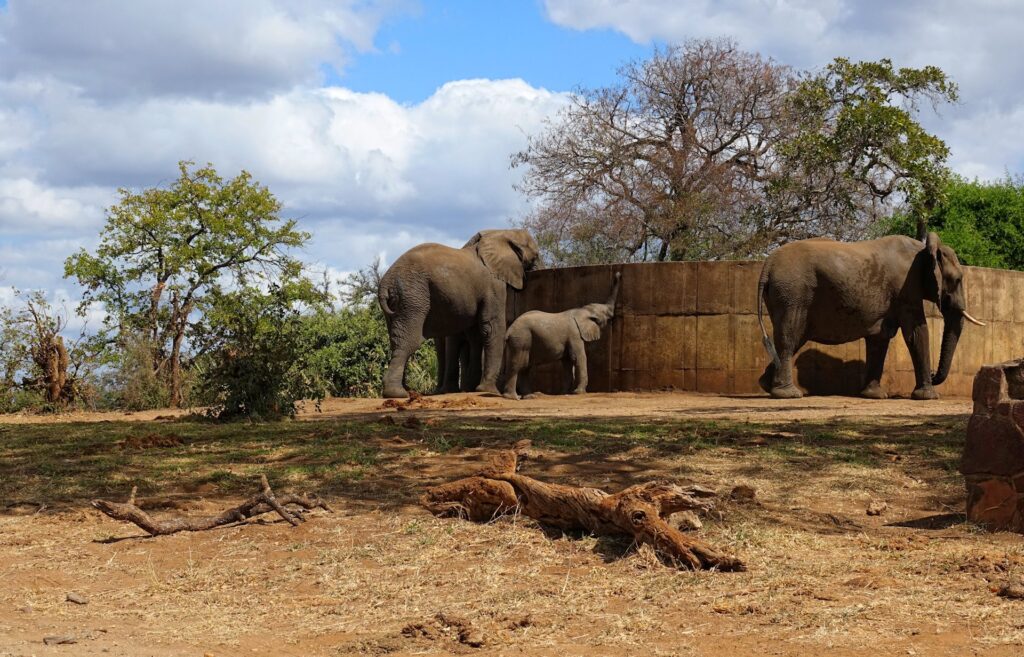

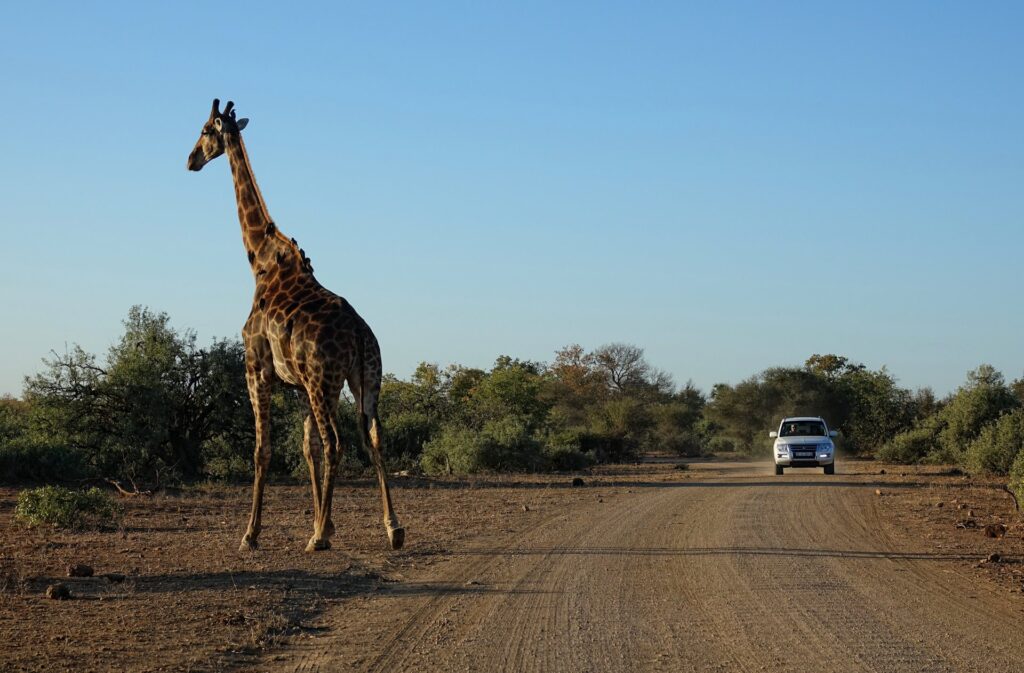

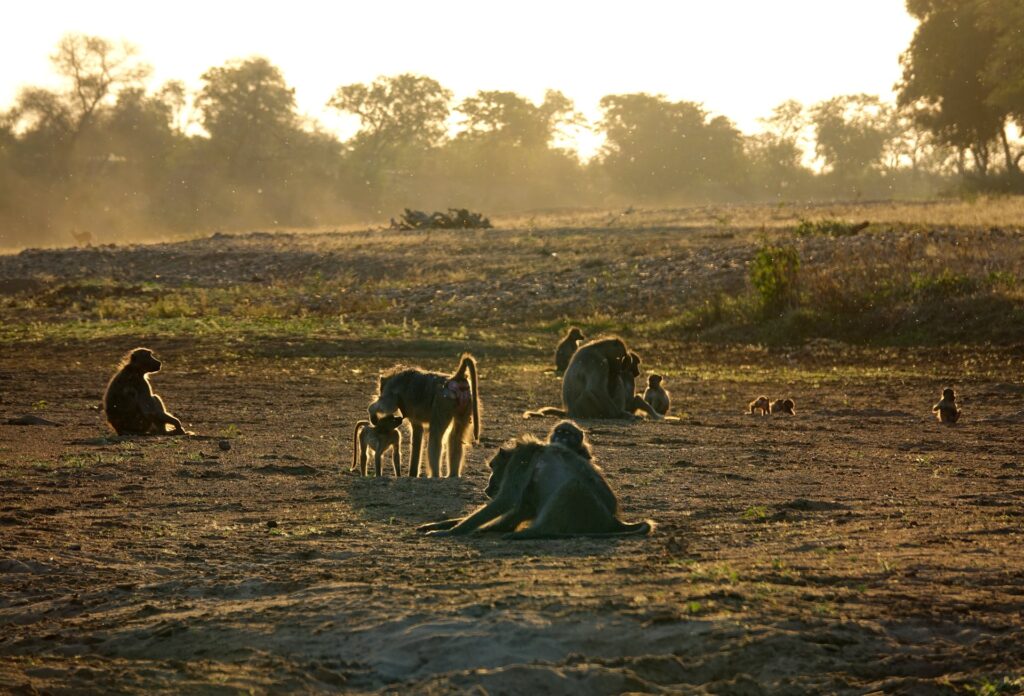
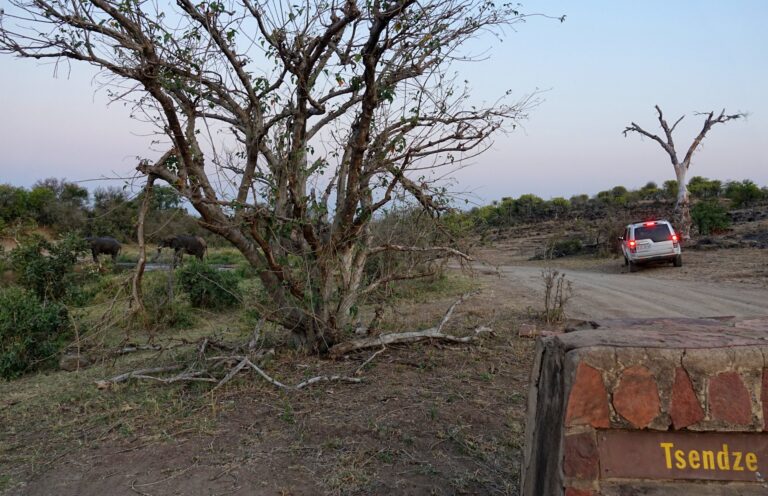

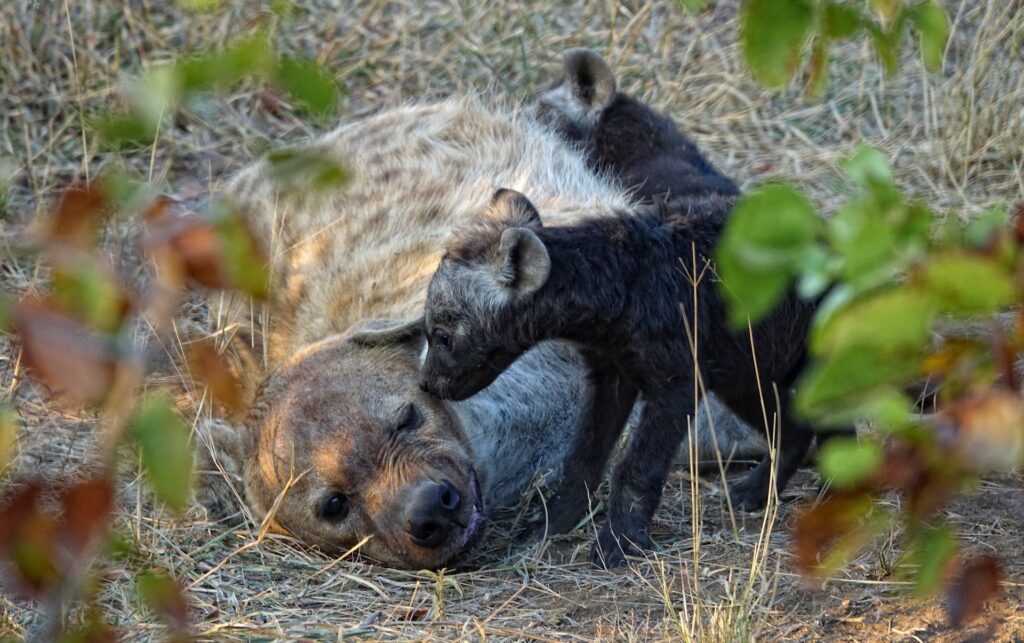

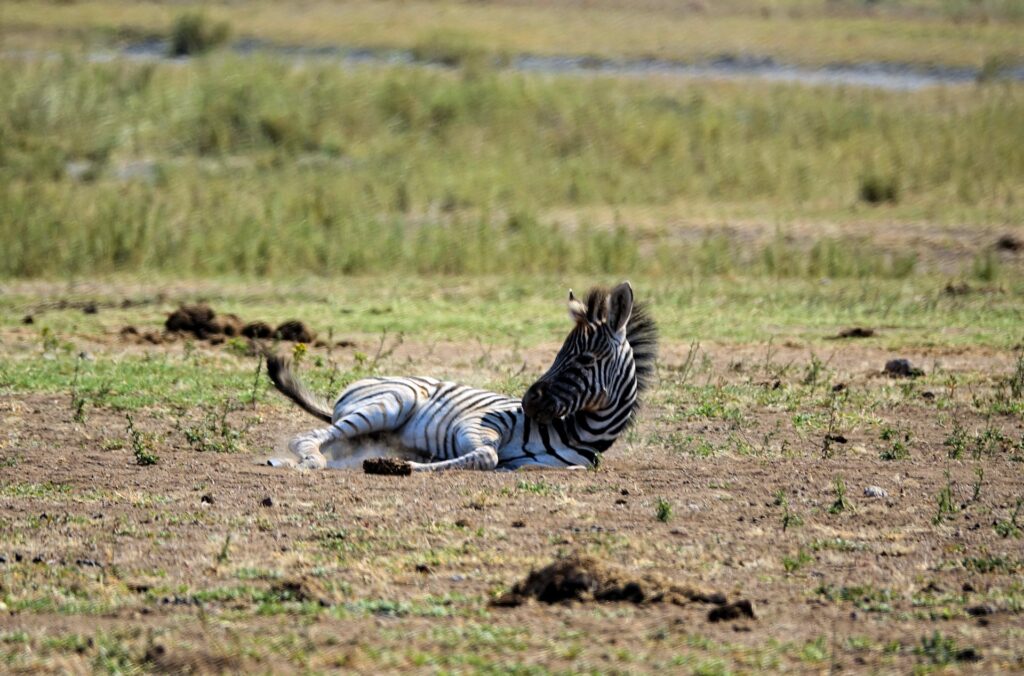
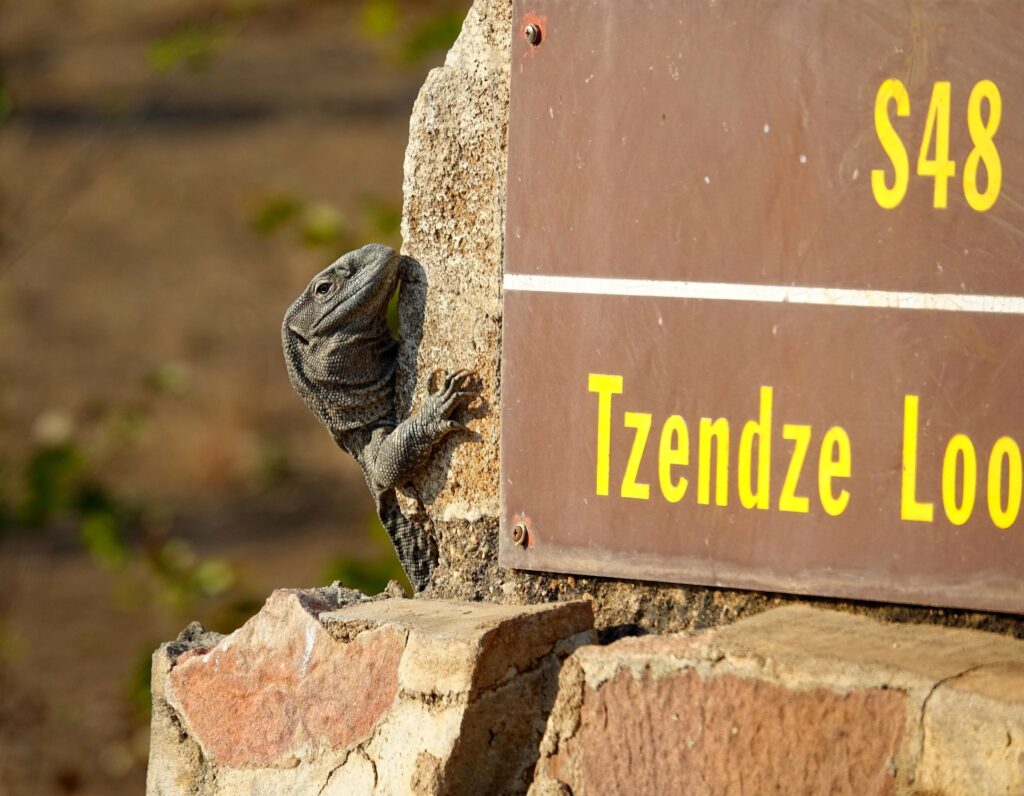
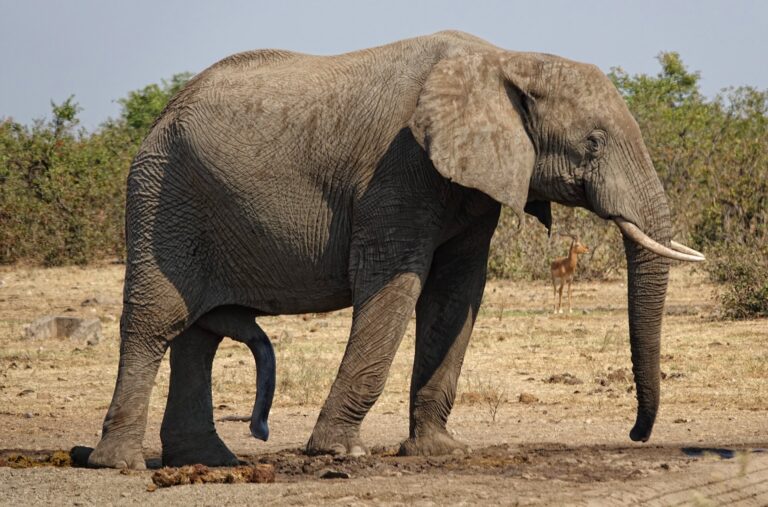
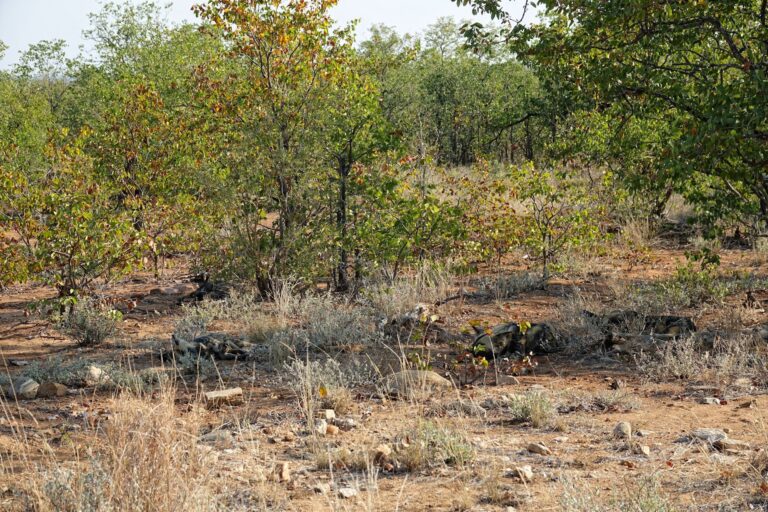
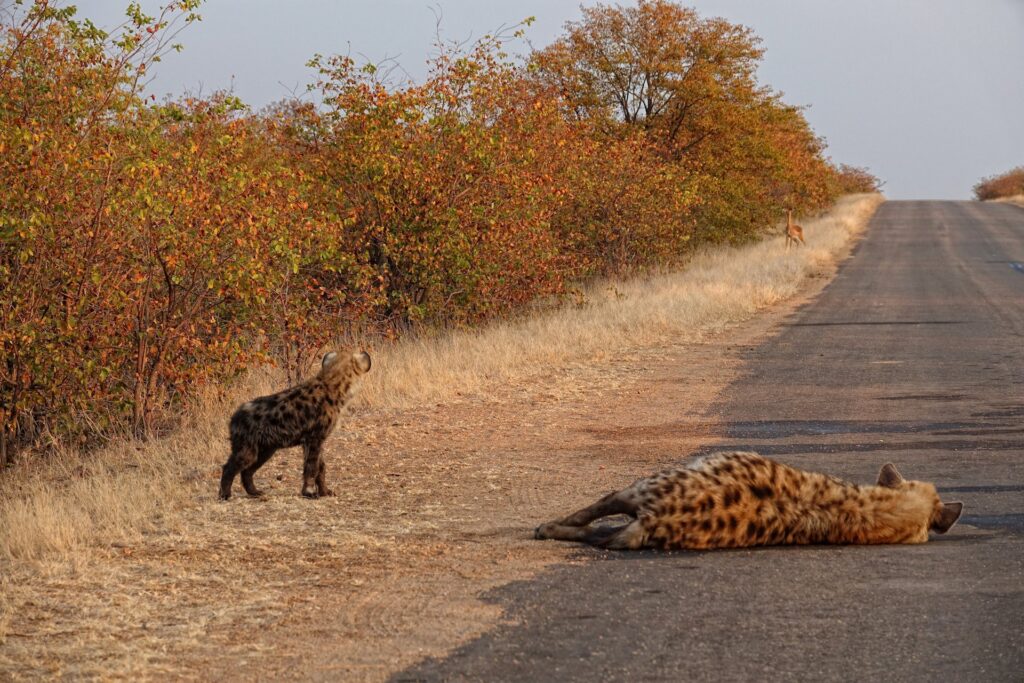
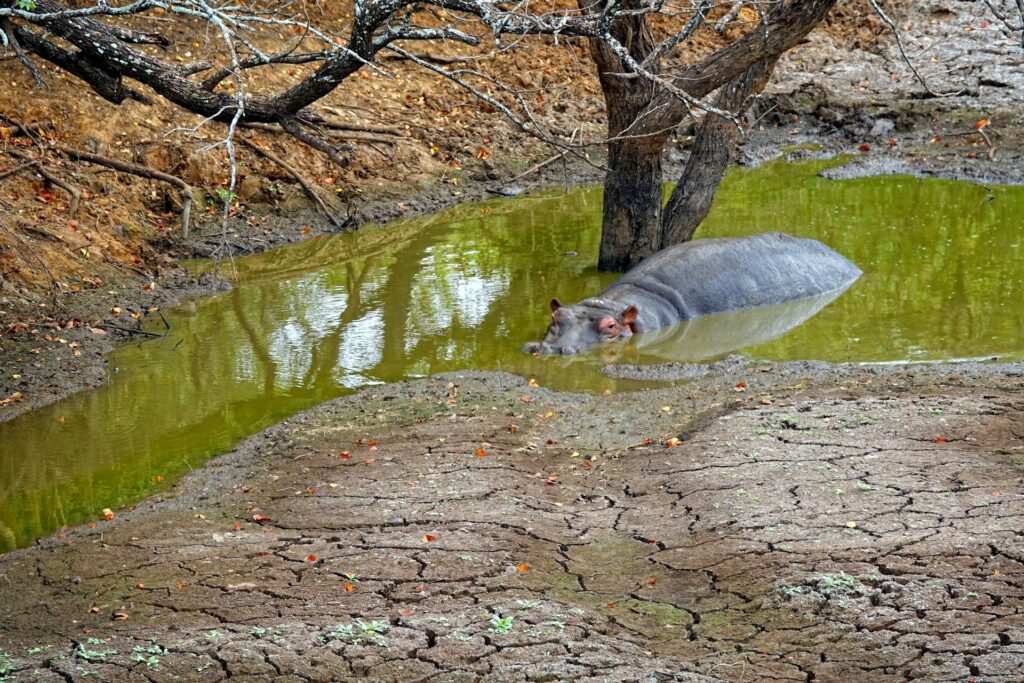

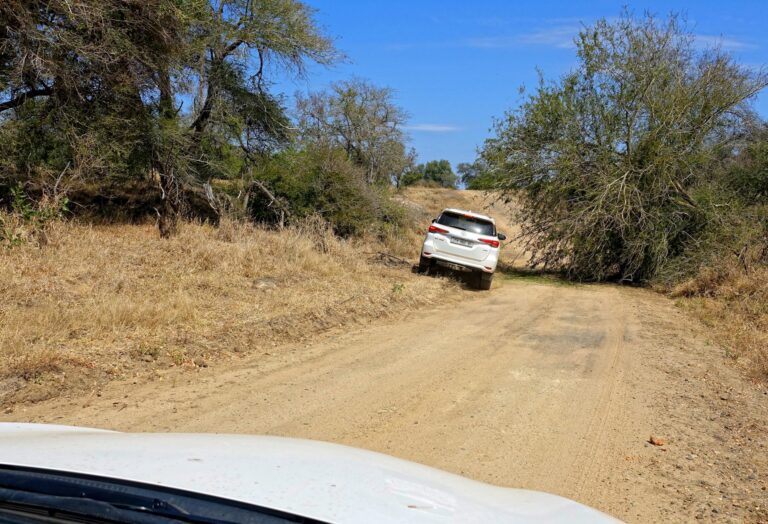
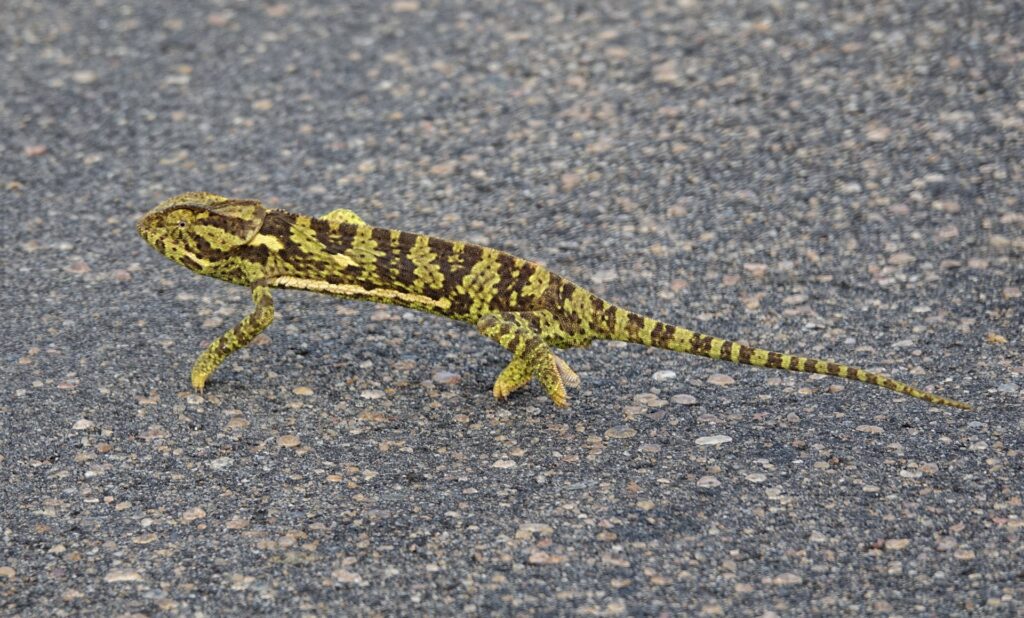

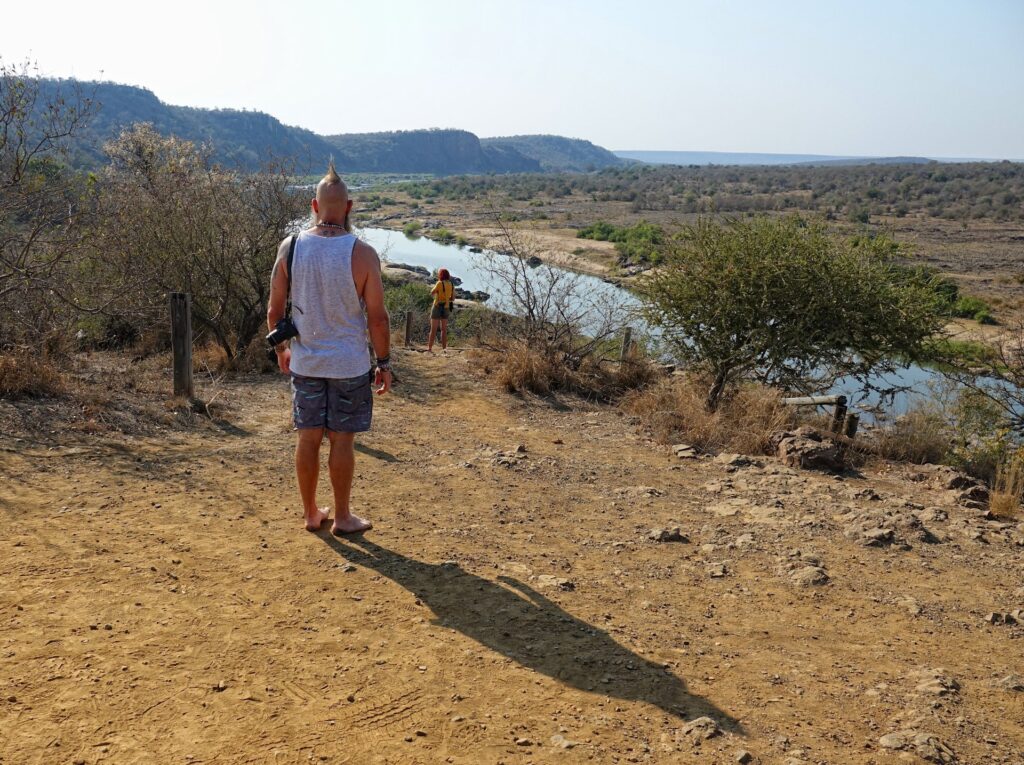



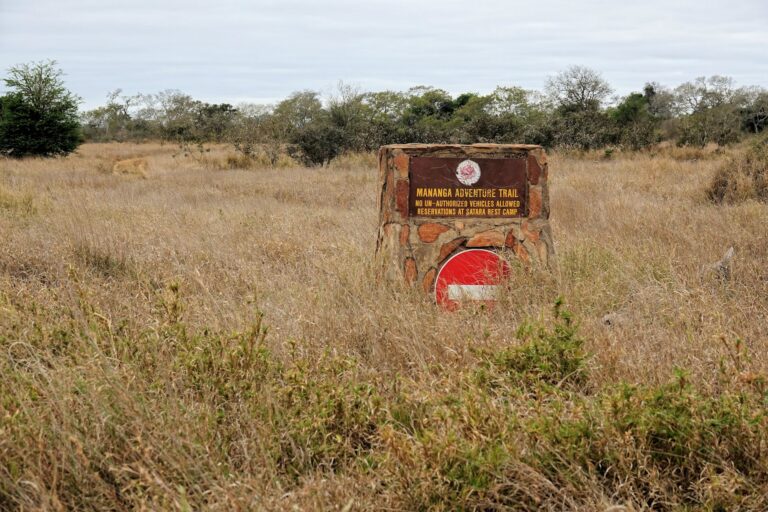
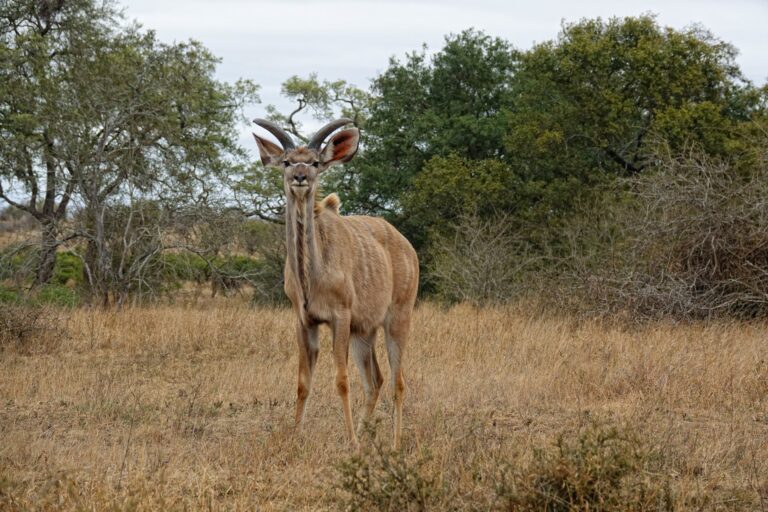
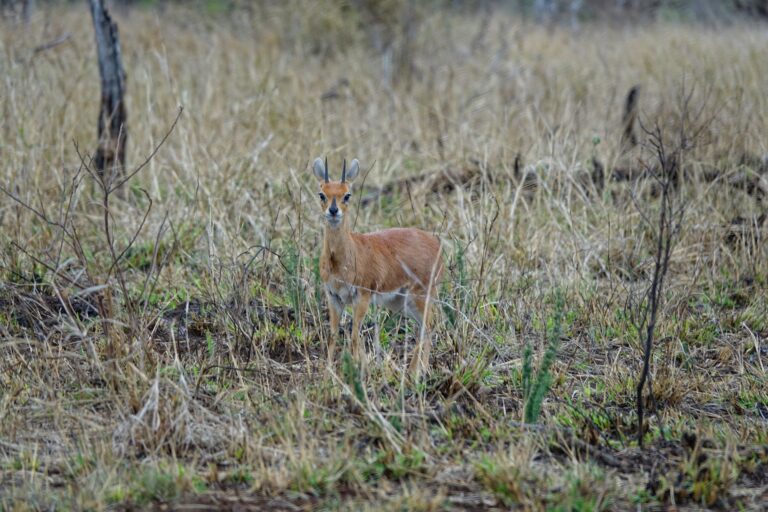

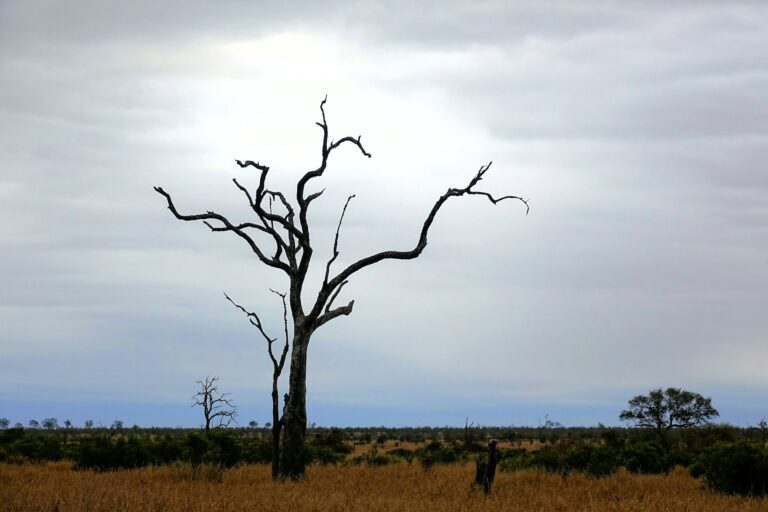
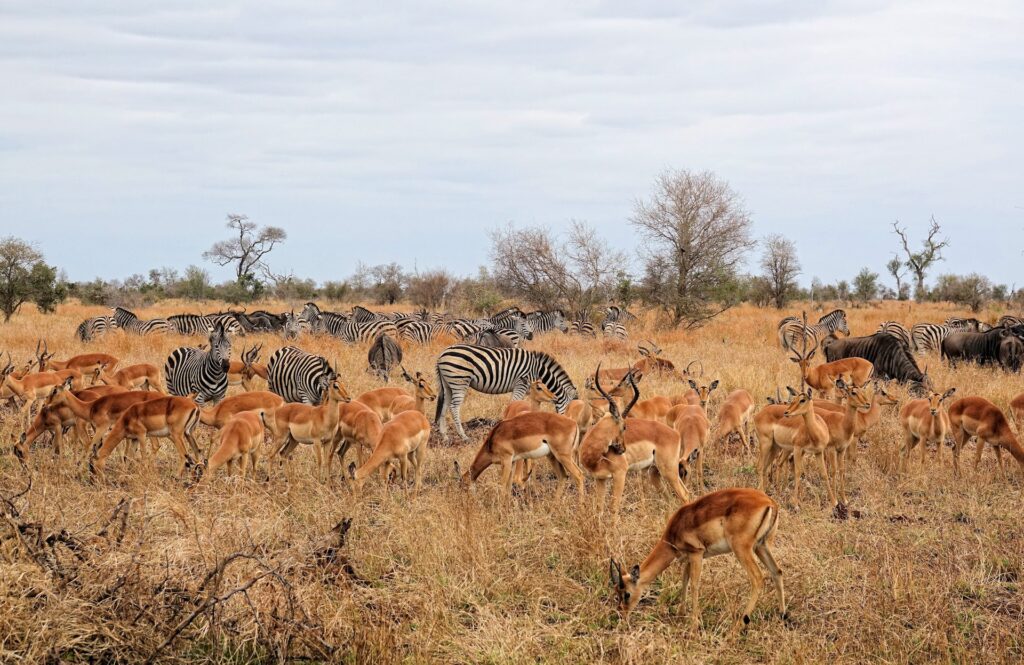
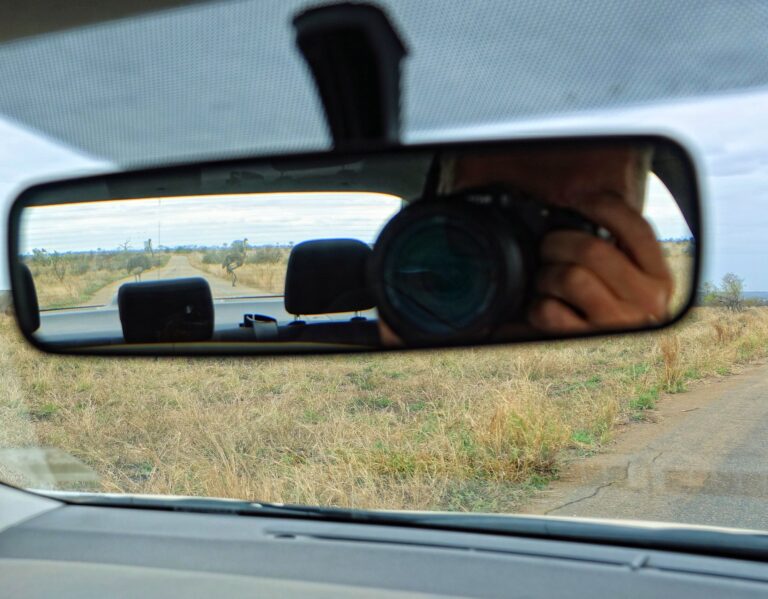

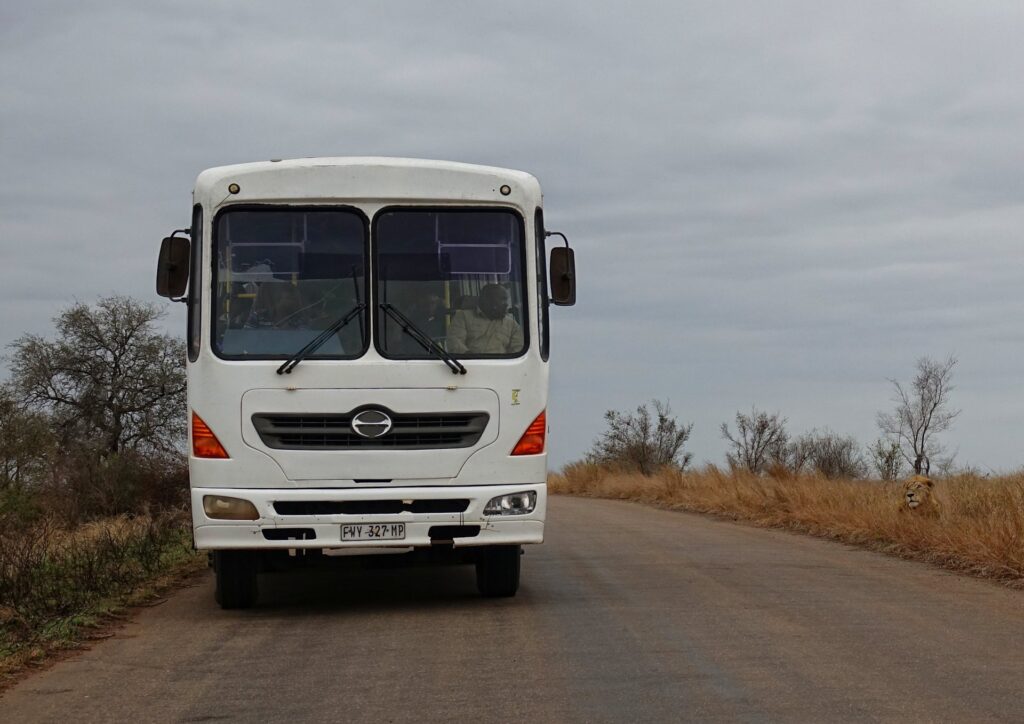
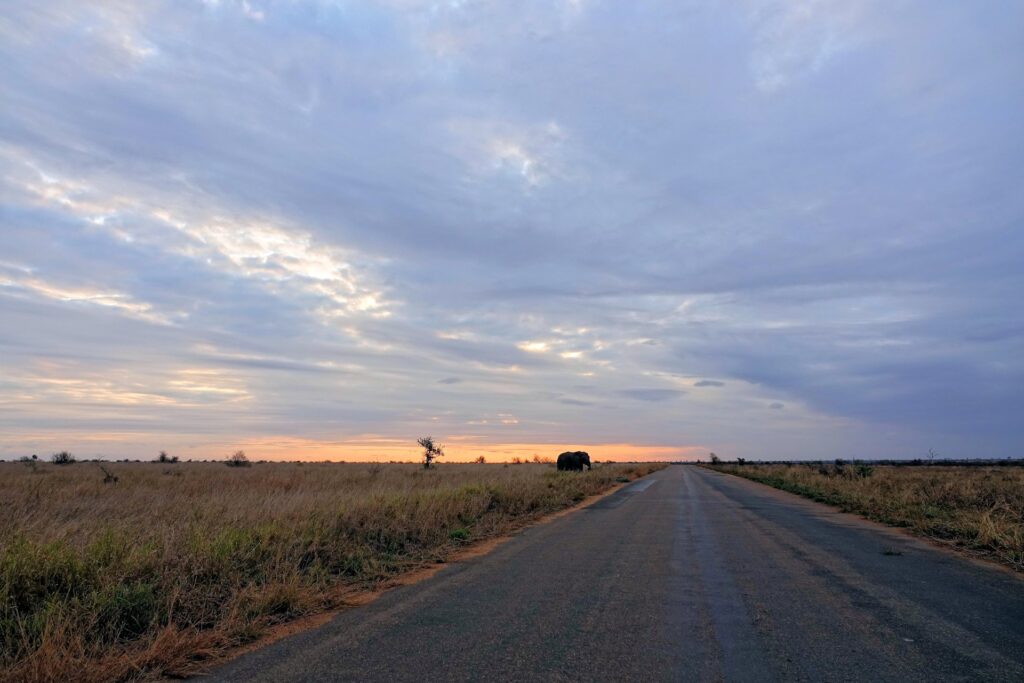
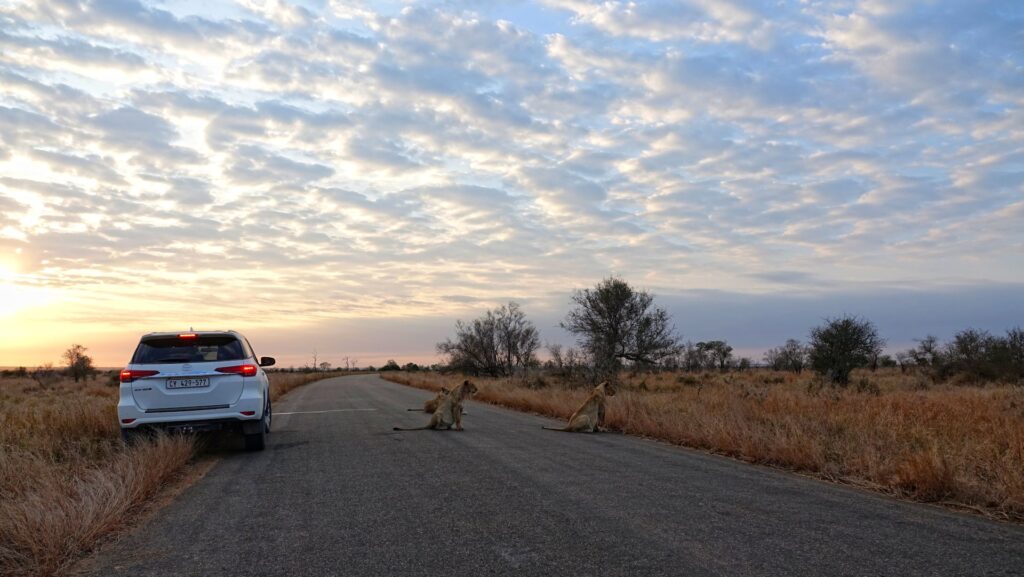
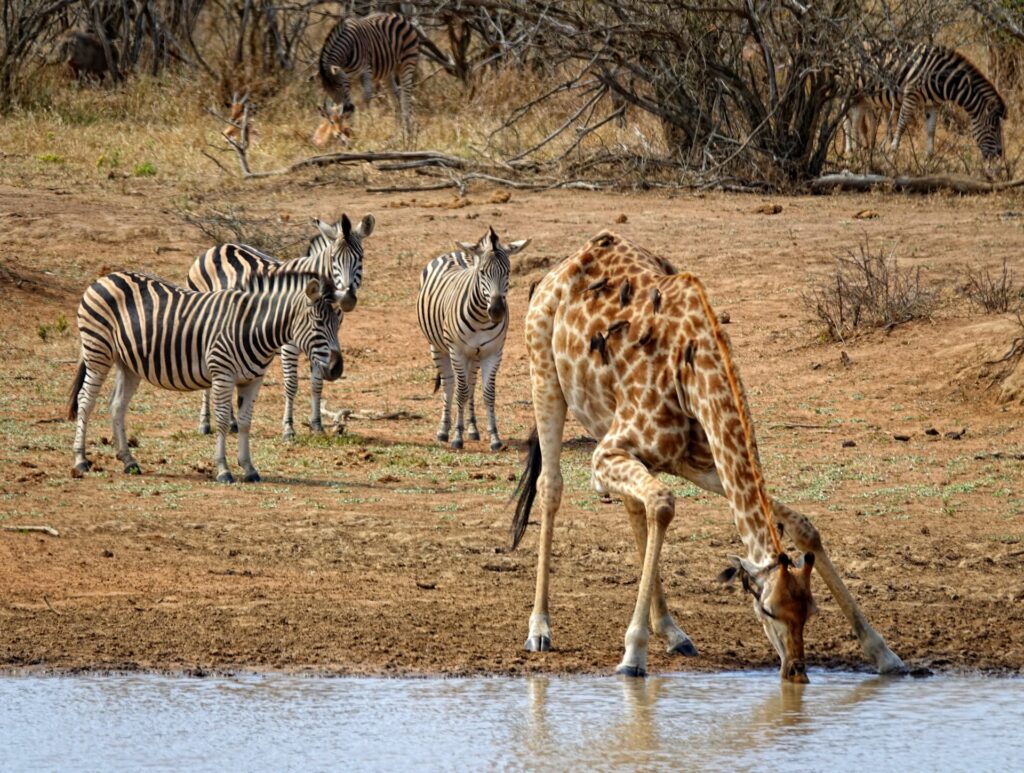



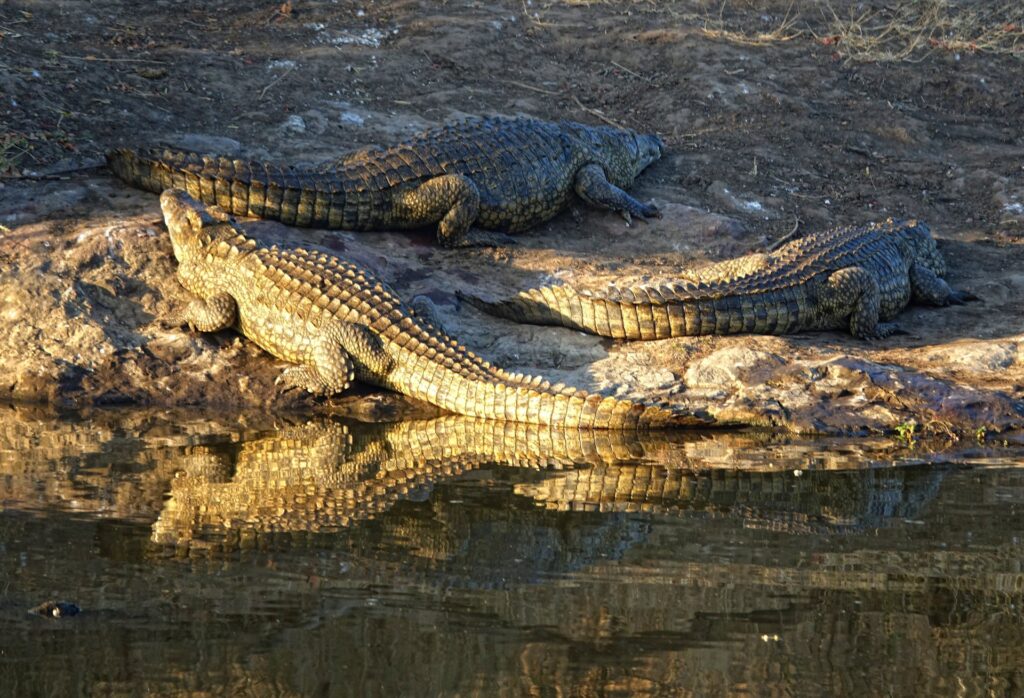
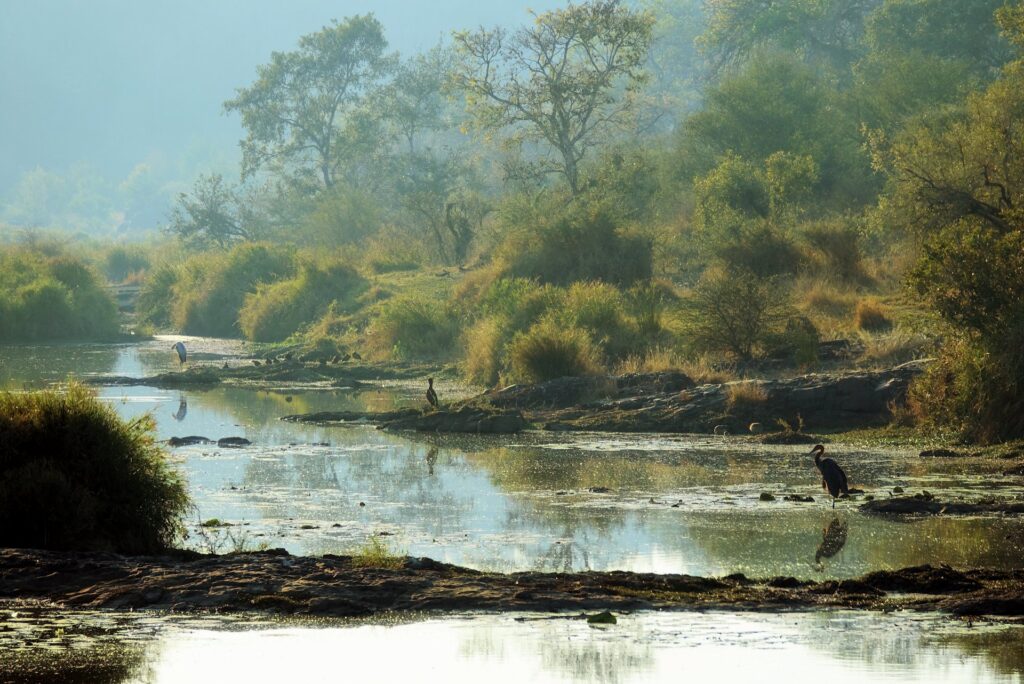

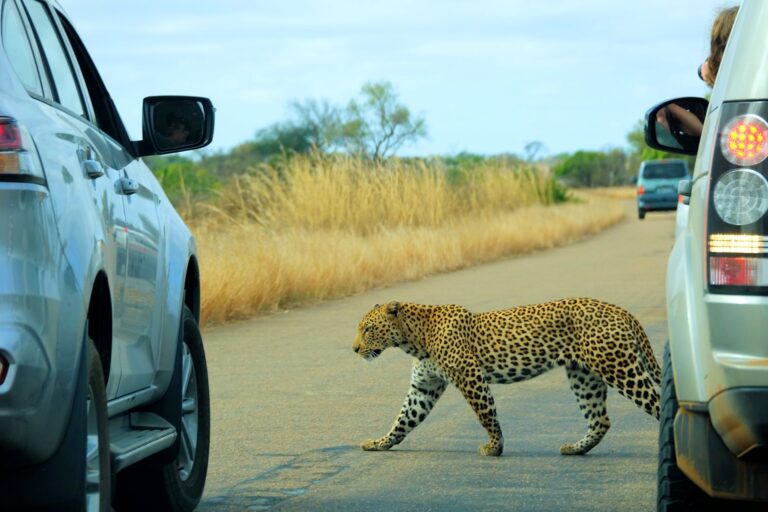

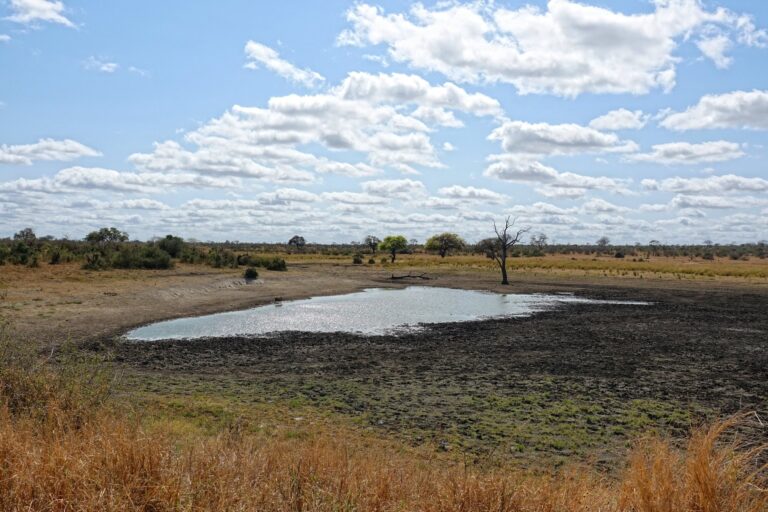
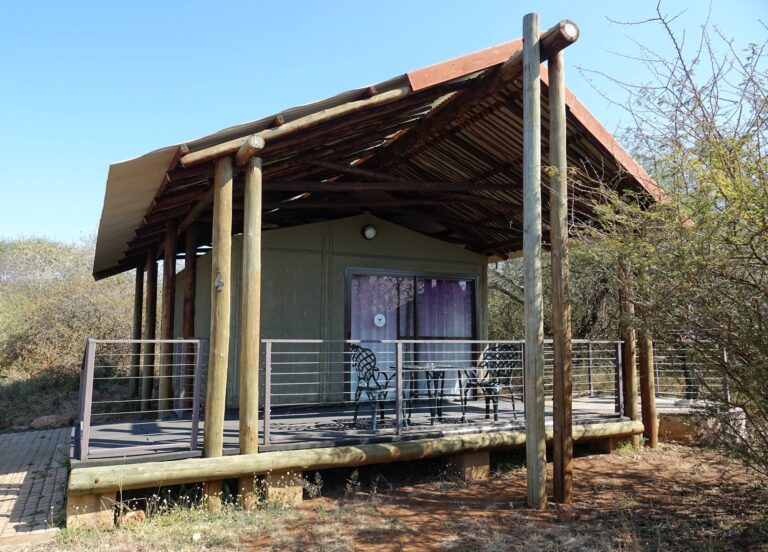

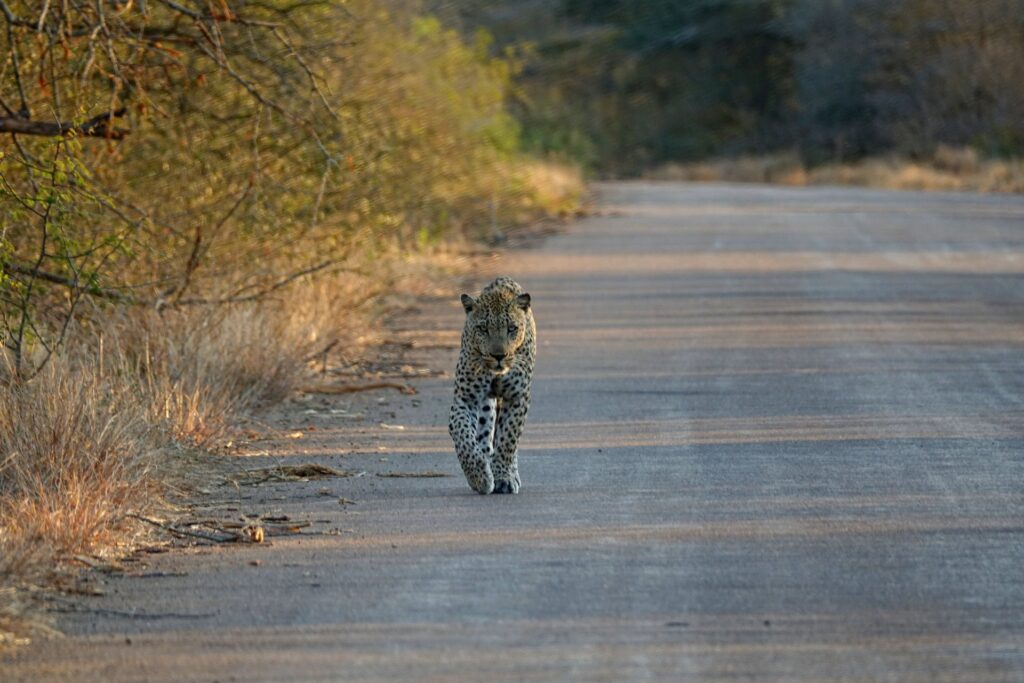
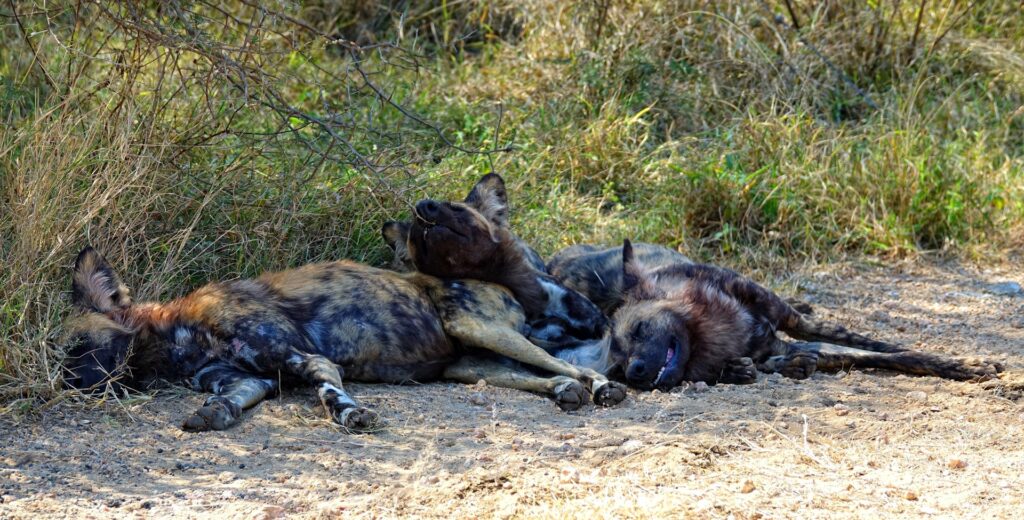
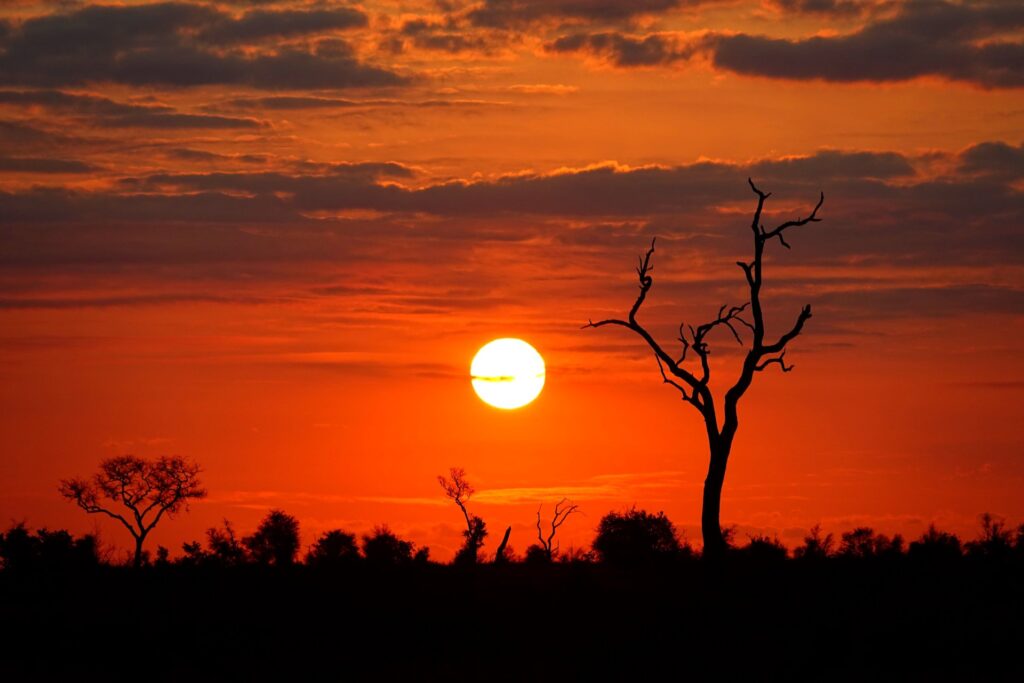

3 Comments. Leave new
Have you been doing all right? Been a while since you posted D:
Thank you for noticing. 🙂
I am fine, there just has not been so much travel lately. I’ll probably do a small batch of Arctic tales soon, and I am always looking for new adventures to jump on to.
Keep checking, maybe just not so often. 🙂
Sounds good to me! Glad you’re doing well.